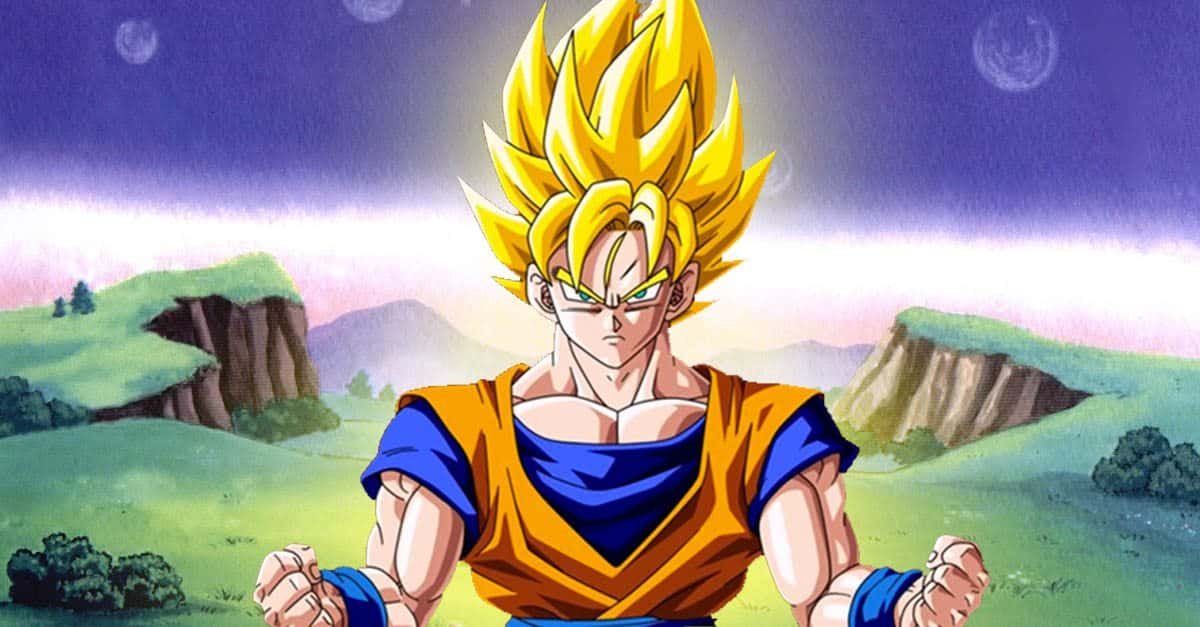“Life is a winking light in the darkness” —Hayao Miyazaki
Charming and enchanting children and adults alike for more than three decades, Studio Ghibli has been responsible for some of the most beautiful, bold, and empowering animated films in history. From modest beginnings to adoration and success, let’s all hop on the Catbus and take a good, long look at one of the most beloved creative entities in the world.
40. The Legendary Trio
Studio Ghibli was founded in June 1985 in Tokyo, Japan by directors Hayao Miyazaki and Isao Takahata and producer Toshio Suzuki.

39. So It Begins
The studio was founded following the success of Nausicaä of the Valley of the Wind, a 1984 feature film produced by Takahata and directed by Miyazaki.

38. Manga First, Movie Later
Nausicaä was adapted from two volumes of a serialized manga written by Miyazaki himself and published in Animage magazine in 1982.

37. Namedrop
Nausicaä’s titular character was inspired by Homer's Phaeacian princess in the Odyssey.

36. Environmentalist Through and Through
Much of the inspiration for the polluted world of Nausicaä of the Valley of the Wind came from the mercury poisoning of Minamata Bay and how nature responded and thrived in a toxic environment. This staunch environmental focus has become a staple of Miyazaki’s work.

35. Not Quite Ghibli
Though often included in collections of the Ghibli’s work and widely considered to be the studio’s first production, Nausicaä was actually a co-production between Tokuma Shoten, Hakuhodo, and Top Craft. Studio Ghibli was not formed until the following year.
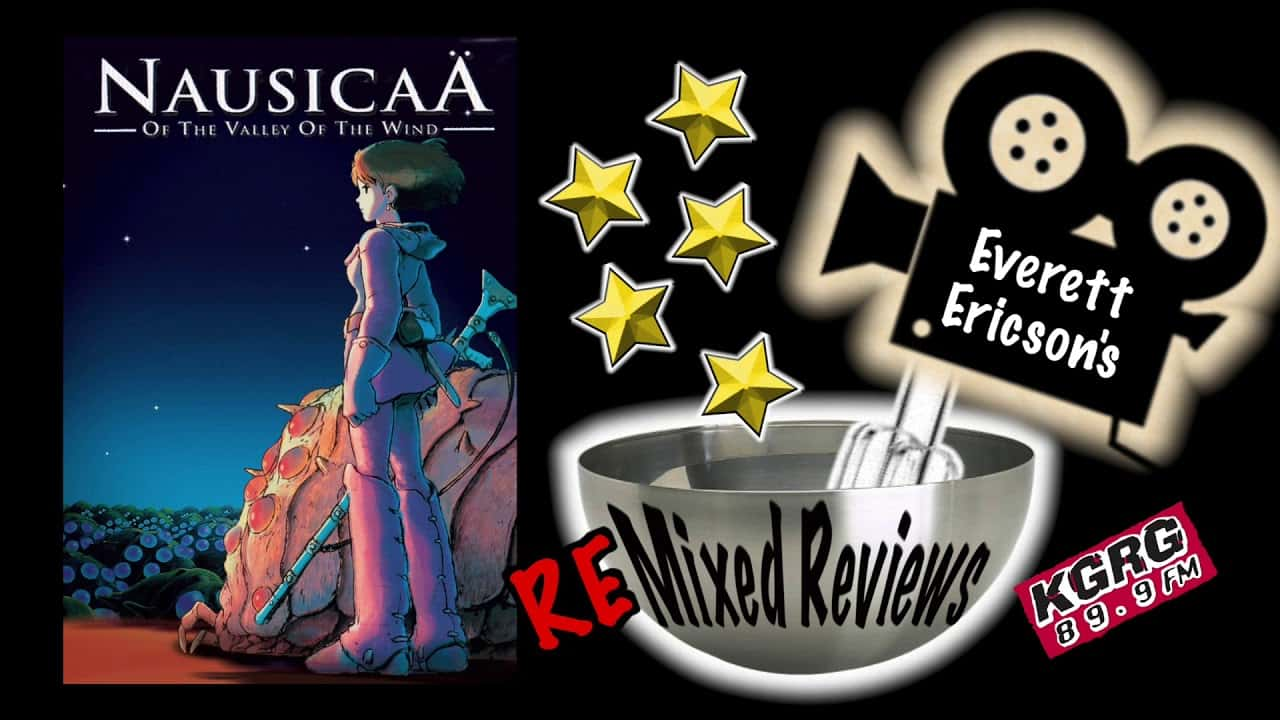
34. So it Begins. Again.
Released in 1986, Laputa: Castle in the Sky is technically the first film created and released by Studio Ghibli.
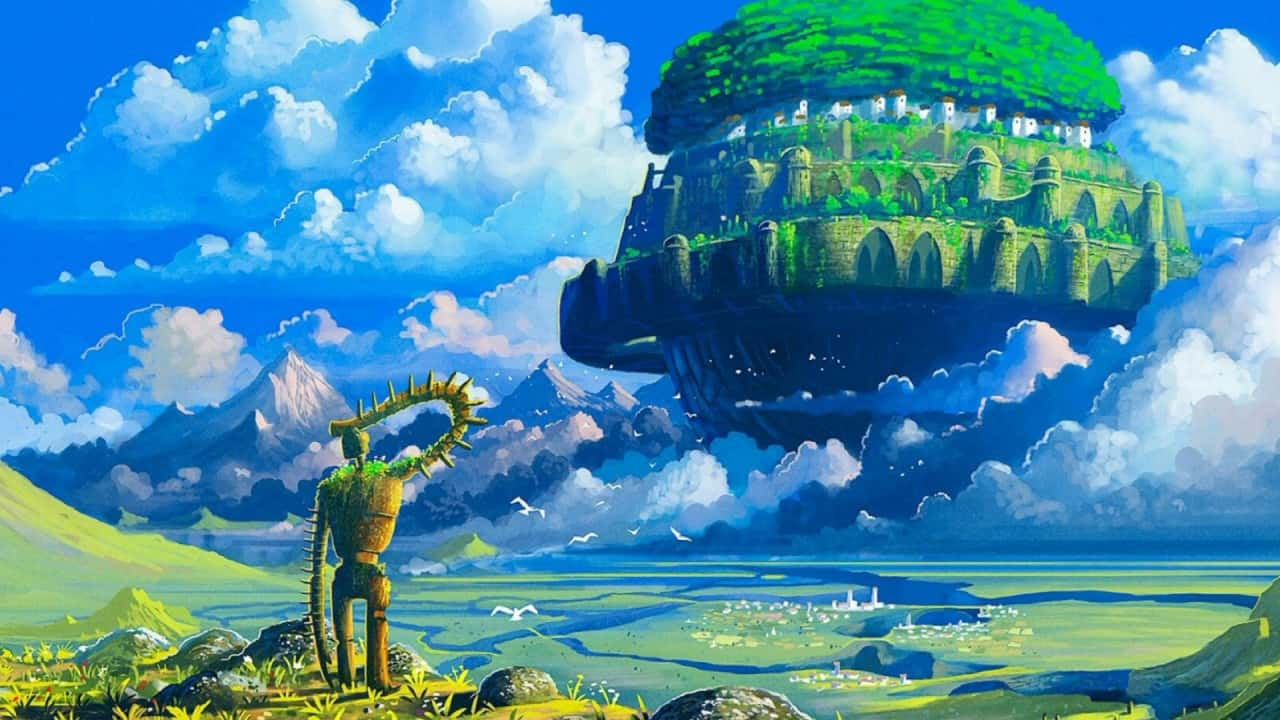
33. Another Namedrop
“Laputa” is a direct reference to the floating Island from Jonathan Swift’s Gulliver’s Travels.

32. Socially Conscious
Miyazaki has visited Wales several times, and witnessing the 1984 Miners' Strike there greatly influenced the direction of Castle in the Sky, which is partially set in a mining town.

31. What’s in a Name?
The name Ghibli refers to the Arabic name for the sirocco, also known as the “Mediterranean Wind” or “Hot Sahara Wind.” It was the studio’s intention to “blow new wind through the anime industry.”

30. Soft “G”
In Japan the name is usually pronounced "jiburi" whilst in the West it is more commonly pronounced "geeblee" or "giblee" with a “J” sound, as in “giraffe.”

29. Paying Homage
The name "Ghibli" also pays homage to an Italian scouting plane used during WWII, which was nicknamed Ghibli.
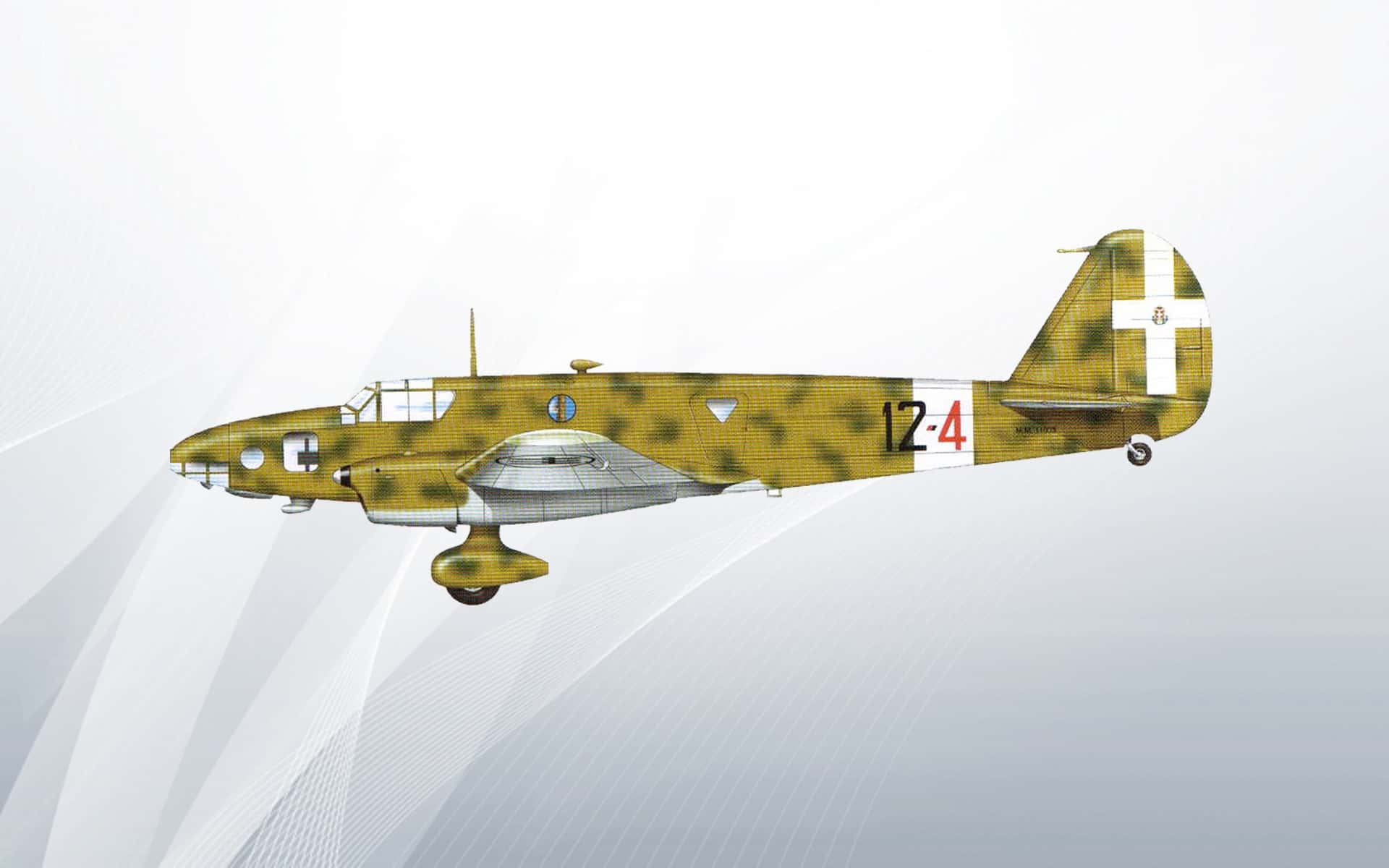
28. Like Clockwork
Miyazaki sticks to a rigid schedule while working at Studio Ghibli. He arrives at the studio at 11 am sharp and leaves at 9 pm. He works six days a week, and often cleans the river down the street from him on his day off.

27. Double Feature
The production of Takahata’s harrowing war drama Grave of the Fireflies and Miyazaki’s heartwarming My Neighbour Toroto paralleled each other, and the films were released in theatres as a double feature in 1988. Despite showcasing the vast potential of Japanese animation to transcend the pulpy thrills often associated with the genre, neither movie was a box office success.

26. Animated Icon
Probably Ghibli’s most iconic creation, Totoro became something of a mascot for the company. The creature has had cameos in a number of Ghibli’s subsequent films, and is featured in the studio’s logo.

25. Spot the Spirit
Totoro can be seen in Pixar’s Toy Story 3 among Bonnie’s toys, a nod to the immense respect and admiration the company has for Miyazaki and his studio.

24. Fourth Time’s a Charm
Ghibli’s first real box office success was their fourth film, Kiki’s Delivery Service. It was the highest grossing film of 1989 in Japan.

23. You’ve Got a Friend In Me
Miyazaki and Pixar’s John Lasseter have been longtime friends. Lasseter has served as executive producer on several of Miyazaki's films for their release in the US and has overseen the translation and dubbing of their English language soundtracks.

22. Inspiration
For Lasseter and Disney/Pixar, Miyazaki’s artistic influence runs particularly deep. Lasseter has stated, “Whenever we get stuck at Pixar or Disney, I put on a Miyazaki film sequence or two, just to get us inspired again.”
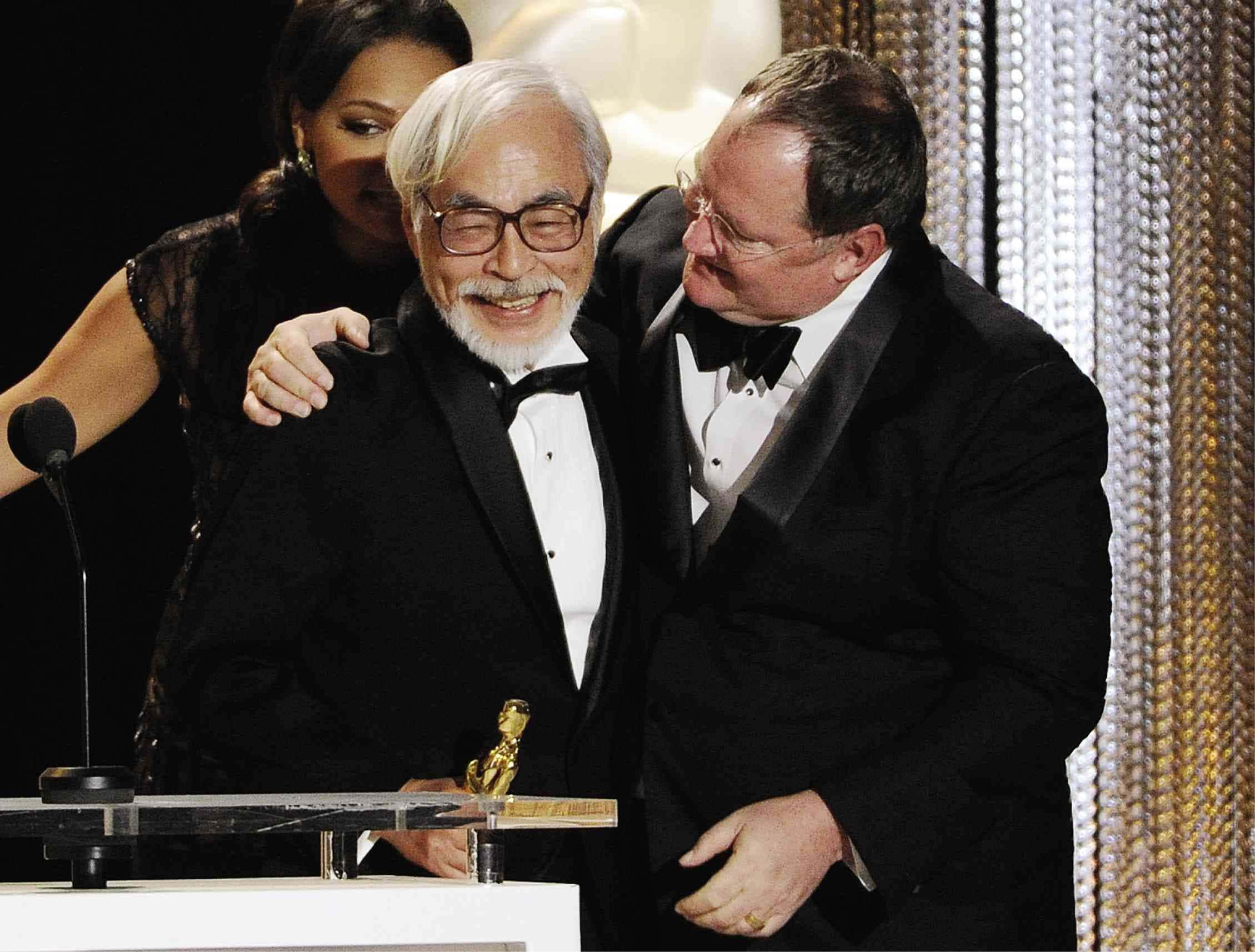
21. In Safe Hands
Disney acquired worldwide distribution rights to Studio Ghibli’s films in 1996.

20. Something Beautiful
2013’s The Wind Rises is a fictionalised biopic of aeronautical engineer Jiro Horikoshi (1903–1982). Miyazaki, who wrote and directed the film, was inspired to make it after reading a quote from Horikoshi: "All I wanted to do was to make something beautiful."

19. Just When He Thought He Was Out...
Following the release of The Wind Rises, Miyazaki—not for the first time—announced his retirement from feature films. However, he returned to work on a new feature in 2016, titled Kimitachi wa Dou Ikiru ka or “How Do You Live?” It’s said to be 3-4 years away from completion.

18. Staying Out of It
Neil Gaiman adapted the script for the English version of Princess Mononoke, and throughout the process he received notes from both Miramax and Studio Ghibli. What they wanted from him were so different that he ended up writing a draft for each, telling them to fight it out amongst themselves.

17. Iceberg Ahead
Released in Japanese theatres in 1997, Princess Mononoke became Japan’s highest grossing film at the time, taking in 18.25 billion yen (about $134 million) at the box office. It was surpassed only a few months later by Titanic.

16. Small Beginnings
Miyazaki’s Porco Rosso, released in 1992, was originally planned to be a short in-flight film for Japan Airlines based on his manga The Age of the Flying Boat, but it grew into a feature-length film.

15. Prestige
Spirited Away is also the only non-English language film to win the Oscar for Best Animated Feature.

14. Animal Analogies
For a scene in Spirited Away when Chihiro pushes her hand into Haku the dragon’s mouth to feed him some medicine, the animators recorded a vet opening a dog's mouth as a reference.

13. First of its Kind
2006’s Tales From Earthsea, directed by Miyazaki’s son Goro, received a PG-13 rating for some violent images, and was the first animated film distributed by Disney to be given this rating.

12. Long Time Coming
2009’s The Secret World of Arrietty was based on Mary Norton’s The Borrowers from 1952. Miyazaki co-wrote the screenplay, and he and Takahata had been considering an adaptation of the book for around 40 years.

11. The World That Never Was
The main town in Kiki's Delivery Service is modelled after a number of different cities, including San Francisco, Stockholm, Paris, and some places in Ireland and Italy. To create the setting, Miyazaki imagined the world in the '50s if the war had never happened.

10. Under the Sea
2008’s Ponyo, a movie about a goldfish who wants to become human, is loosely based on Hans Christian Andersen’s The Little Mermaid.

9. A Picture Speaks a Thousand Words
Miyazaki opts for lengthy storyboarding instead of traditional screenwriting, and he storyboards everything himself. Production usually begins before his storyboarding has finished, so no one on the crew, Miyazaki included, knows how the film will end when they begin making it. He says “It's not me who makes the film. The film makes itself and I have no choice but to follow.”

8. Quiet Protest
Miyazaki refused to attend the 2003 Oscar ceremony as a protest against the US invasion of Iraq.

7. Massage Day
Working as an animator in Japan usually means long hours and low pay, but Ghibli has tried to make things sail a little smoother for its employees. Every Saturday, massage therapists come in to give the staff a well-deserved break.
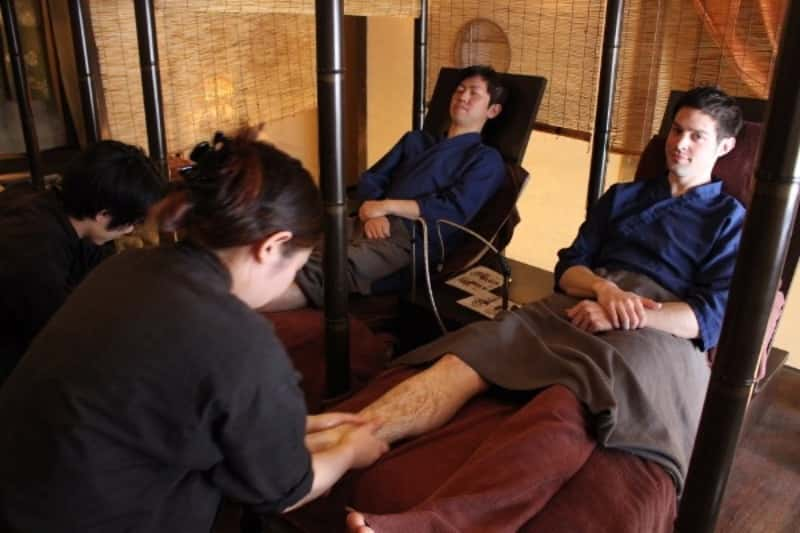
6. Equal Opportunity
The male to female ratio at the studio is almost equal.

5. Box Office Giants
Seven of Ghibli's films are among the 15 highest-grossing anime films of all time, with Spirited Away the highest of the Ghibli films at number two.

4. No Cuts
Thoroughly dissatisfied with the theatrical version of Nausicaä in the US, re-titled Warriors of the Wind and heavily edited, Miyazaki adopted a strict “no edits” policy for future foreign releases of his films.

3. NO. CUTS.
Upon hearing that Miramax co-chairman Harvey Weinstein had been planning to edit Princess Mononoke to make it more marketable, Studio Ghibli sent Miramax a samurai sword with a simple message enclosed: “no cuts.”

2. Ghibli Museum
In October 2001, the Ghibli Museum opened in Mitaka, Tokyo. As well as exhibits based on Studio Ghibli films and shows, the museum contains a number of short Studio Ghibli films not available elsewhere.

1. Choose Your Own Path
The museum has no set path or order for viewing. Fittingly, its slogan is "Let's Lose Our Way, Together."

Sources: 1, 2, 3, 4, 5, 6, 7, 8, 9, 10, 11, 12, 13, 14, 15, 16, 17, 18, 19, 20, 21, 22, 23, 24, 25, 26

